(For information about the new exception helper in Visual Studio 2017 see the end of this answer)
Consider this code:
String s = null;
Console.WriteLine(s.Length);
This will throw a NullReferenceException in the second line and you want to know why .NET doesn't tell you that it was s that was null when the exception was thrown.
To understand why you don't get that piece of information you should remember that it is not C# source that executes but rather IL:
IL_0001: ldnull
IL_0002: stloc.0 // s
IL_0003: ldloc.0 // s
IL_0004: callvirt System.String.get_Length
IL_0009: call System.Console.WriteLine
It is the callvirt opcode that throws the NullReferenceException and it does that when the first argument on the evaluation stack is a null reference (the one that was loaded using ldloc.0).
If .NET should be able to tell that it was s that was a null reference it should in some way track that the first argument on the evaluation stack originated form s. In this case it is easy for us to see that it is s that was null but what if the value was a return value from another function call and not stored in any variable? Anyway, this kind of information is not what you want to keep track of in a virtual machine like the .NET virtual machine.
To avoid this problem I suggest that you perform argument null checking in all public method calls (unless of course you allow the null reference):
public void Foo(String s) {
if (s == null)
throw new ArgumentNullException("s");
Console.WriteLine(s.Length);
}
If null is passed to the method you get an exception that precisely describes what the problem is (that s is null).
Four years later Visual Studio 2017 now has a new exception helper that will try to tell what is null when a NullReferenceException is thrown. It is even able to give you the required information when it is the return value of a method that is null:

Note that this only works in a DEBUG build.
